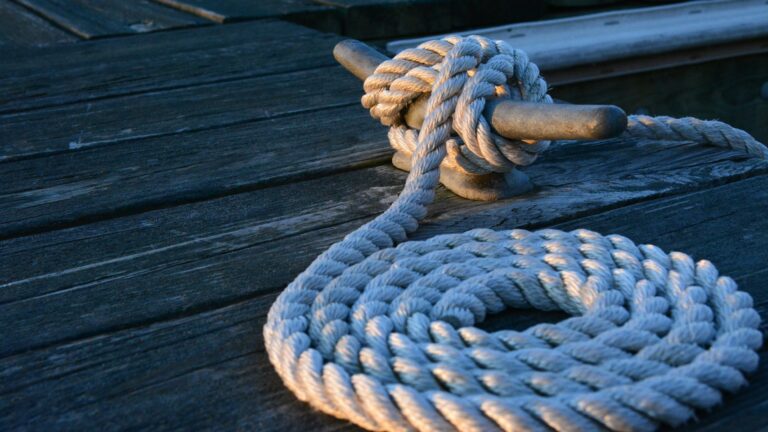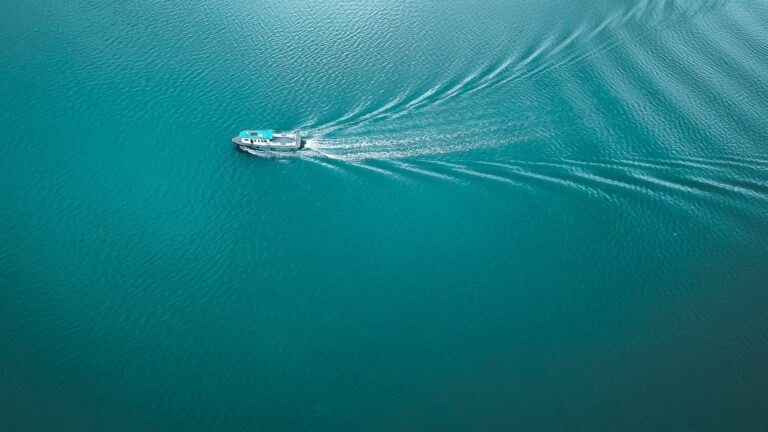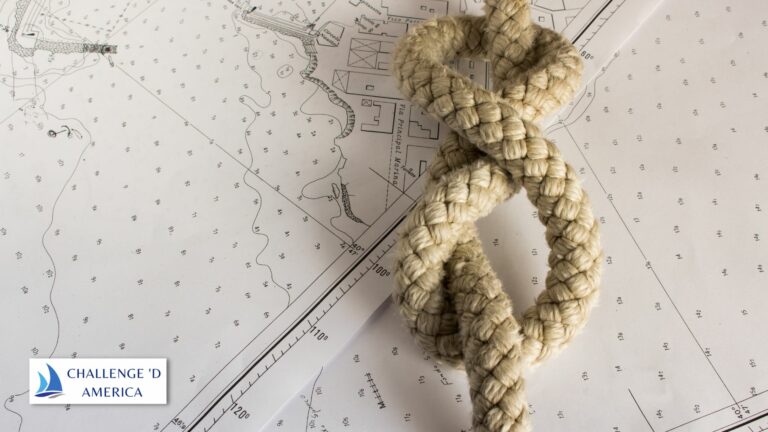How Did Sailors Find Their Way In Unknown Waters?
Introduction
Navigation has always been an essential part of sailing since the days of ancient mariners, who had to rely on their knowledge, intuition, and the stars to find their way in the unknown waters.
This article will explore how sailors in ancient times navigated through unknown waters as well as how modern-day sailors use technology to make navigation easier.
Ancient Navigation Techniques
In ancient times, sailors had no GPS or other technologies to help them find their way in unfamiliar waters, so they had to rely on other methods for navigating.
One such technique was celestial navigation, which involved using the stars and other heavenly bodies such as the sun and moon to determine a ship’s position and direction at sea.
Making Use of the Stars
The stars were an invaluable tool for navigation in ancient times, as they provided a reliable reference point that could be used to determine a ship’s position at sea relative to land or other landmarks.
To use this technique, a sailor would need to be familiar with constellations and star patterns so that he could identify which direction he was traveling in relation to known points on land or sea.
Utilizing the Sun and Moon
In addition to using stars for navigation, sailors would also use the sun and moon as reference points for determining direction when out at sea during the day or night respectively.
During daytime journeys, seafarers would take measurements of the sun’s height in relation to known points on land or sea which allowed them to determine their position at any given time, while at night they would use moonrise and moonset times combined with knowledge of star patterns to navigate safely through unknown waters.
Exploring Nature’s Clues
Sailors also made use of other natural phenomena such as waves, currents, wind patterns, birds flying overhead, weather changes, etc., when navigating through unfamiliar waters as these gave them valuable clues about their position at any given time relative to land or other landmarks that they were familiar with.
This combined knowledge allowed them to make informed decisions about where they should sail next in order to reach their destination safely without getting lost at sea.
Modern Navigation Techniques
Modern-day sailors have access to a variety of technologies designed specifically for navigation purposes that make navigating through unfamiliar waters much easier than it was in ancient times.
Some of these technologies include GPS systems, radar systems, digital maps and charting tools which all allow sailors to easily keep track of their current location while sailing so that they can safely reach their destination without getting lost along the way.
GPS and Electronic Navigation
GPS (Global Positioning System) is one of the most widely used navigational technologies today as it provides a reliable reference point that can be used by sailors when navigating through unfamiliar waters, it uses satellites orbiting around Earth which transmit signals down towards receivers on ships allowing them accurately locate themselves at any given time regardless of where they are sailing.
Radar and Other Technologies
Radar systems are another commonly used navigational technology among modern-day sailors as it allows them visualize objects around them such as other boats or landmasses so that they can know what lies ahead before venturing further out into unknown waters, this technology uses radio waves that reflect off objects allowing users accurately detect their location relative to those objects even when visibility is limited due fog or darkness.
Digital Maps and Charting Tools
Digital maps are another invaluable tool for modern-day seafarers when navigating through unfamiliar waters, these maps provide detailed information about a particular area including landmarks, depths, hazards etc.,
which allows users easily plot routes between different points without having worry about getting lost along the way, most digital maps also feature charting tools which allow users visualize different aspects such as wind speed/direction or currents which can be useful when planning longer journeys across open seas where winds/currents may pose navigational challenges along the way.
Conclusion
Navigating through unknown waters has always been an important skill for seafarers throughout history, while traditional methods such as star gazing were used in ancient times modern-day sailors now have access more advanced technologies such as GPS systems and digital maps/charting tools which make navigating much easier than it was before, however these modern tools still require skillful operators who can interpret data accurately from these systems if they are going use them effectively during voyages across open seas away from familiar landmarks



![fastestpointofsail-sailing-downwind-reaching-running-tacking-jibing-spinnaker-mainsail-jib-sailtrimming What is the fastest point of sail?[Editing Required]](https://challengedamerica.org/wp-content/uploads/2023/02/fastestpointofsail-sailing-downwind-reaching-running-tacking-jibing-spinnaker-mainsail-jib-sailtrimming-768x432.jpg)



